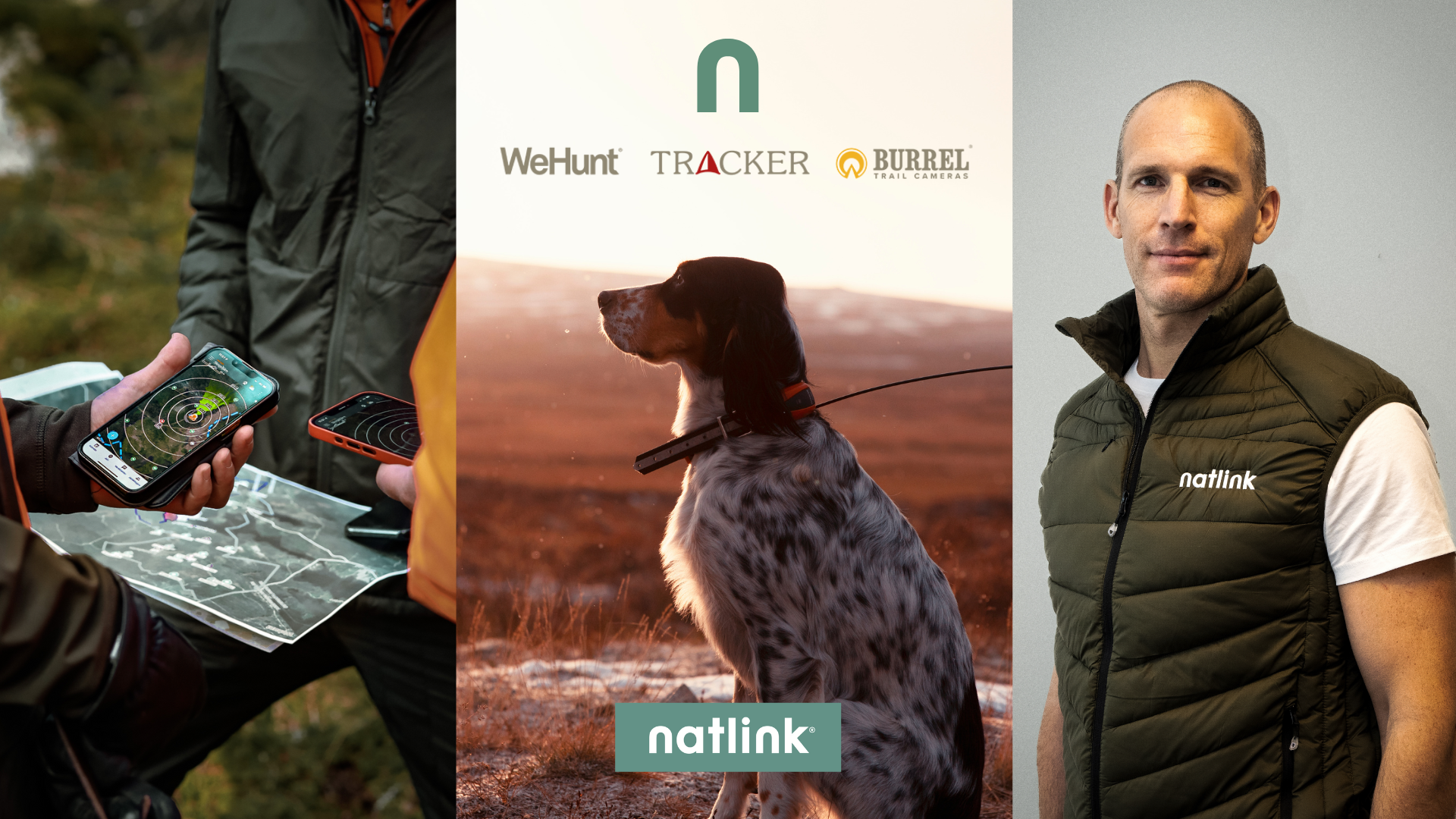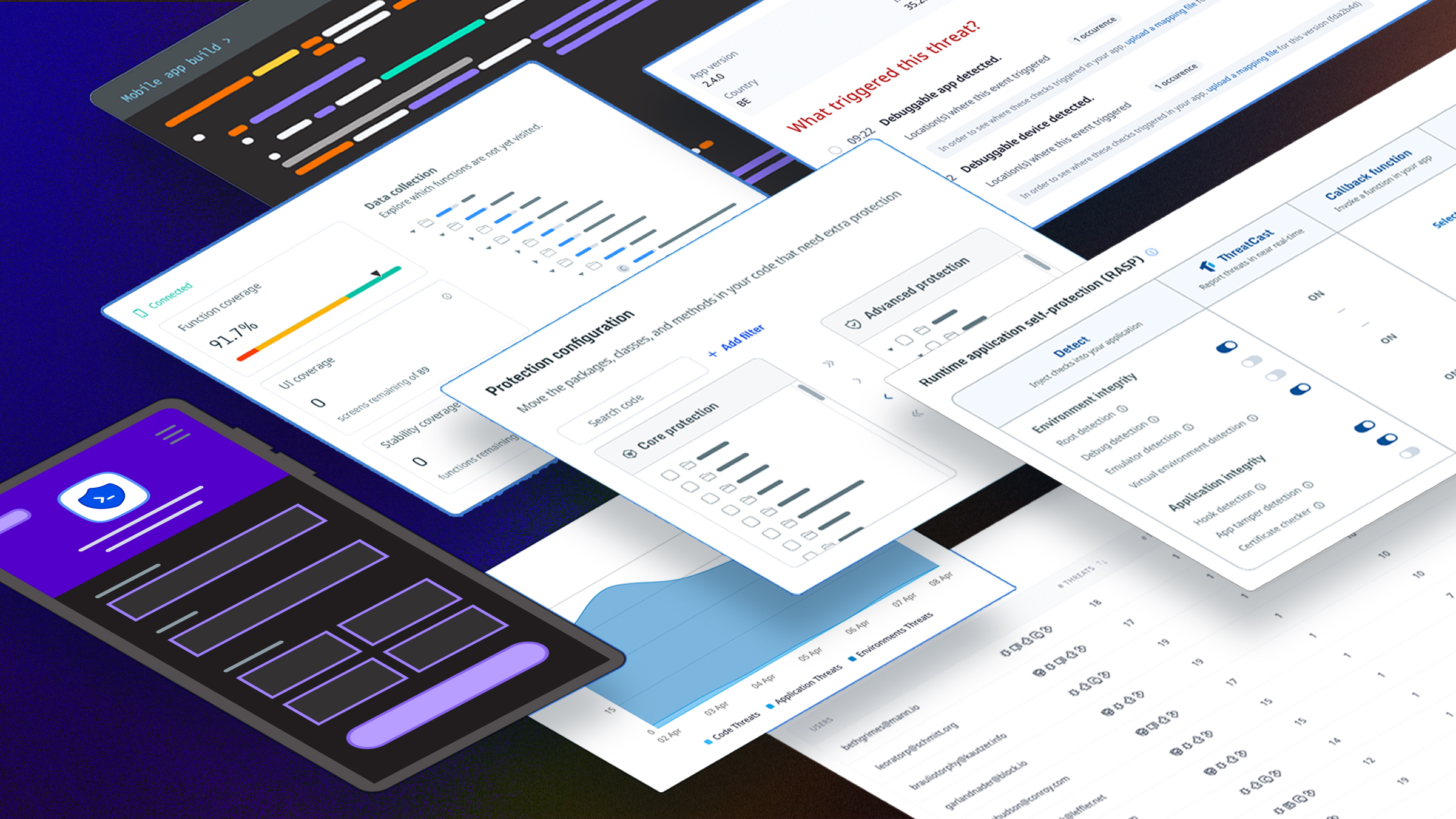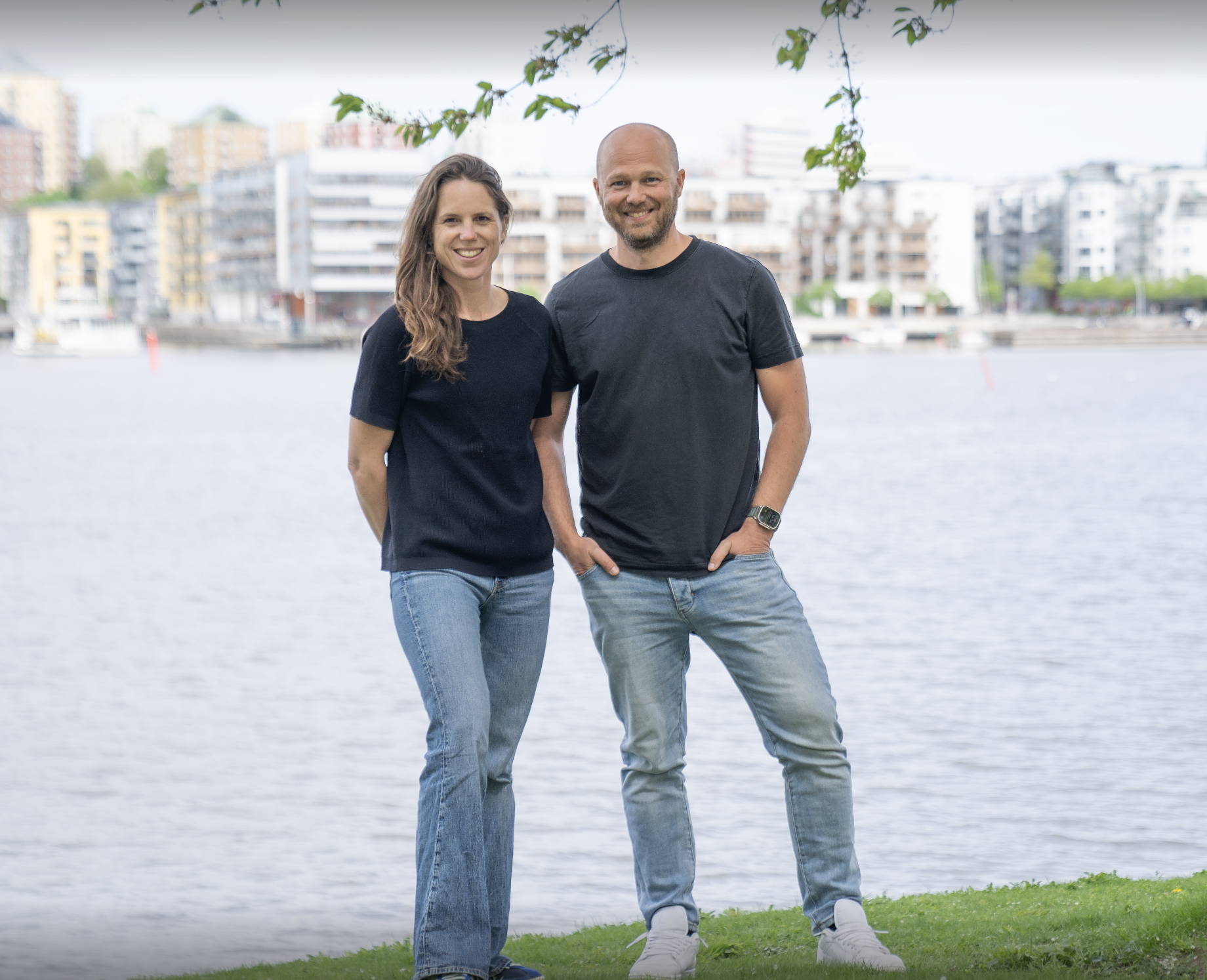At our core, Verdane is a structural growth chaser. We invest in companies positioned to grow significantly faster than the overall economy. These market opportunities are almost always created or enabled by technology. Crucially, we will only invest in companies aligned with the transition to a more sustainable economy. The world is moving towards a sustainable future and ideally the companies we invest in benefit from this transition, but at minimum they should not be negatively affected by it. Verdane aims to be the preferred growth partner to sustainable, tech-enabled European businesses in industries supported by two mutually reinforcing structural megatrends: digitalisation and decarbonisation.
A challenge for fund managers such as Verdane is how to adequately measure and recognize the impact of our investments. This is particularly difficult for avoided emissions, which we define as reductions in greenhouse gas emissions due to the company’s activities. Currently, there is no industry-wide standard for measuring avoided emissions. Instead, the market is presented with a range of approaches, each of which provides a slightly different lens on how to gauge avoidance. This presents investors with tricky choices in deciding how they should assess what they invest in.
In this paper, we publish the output of our work to develop a CO2e avoidance methodology to support investment decisions. Since the launch of our EU Article 9 fund, Idun I, several years ago, we have gained valuable insights and experience in best practices for measuring impact. We have refined this approach into a robust, best-in-class methodology which is currently in use for underwriting impact investments across all Verdane funds. Now, we are delighted to share our new and revised framework for CO2 avoidance that fulfills the need for an objective approach that applies across investments and funds.
By sharing, our goal is to foster broader adoption of best practices for measuring CO2 avoidance and accelerate the transition to a decarbonised economy. We hope that sharing this methodology will help other investors measure and track their impact during (and beyond) their holding periods. We also hope to accelerate towards a common consensus or standard for measurement methods, ultimately enabling more investment into the sector. We invite collaboration and recognise that global issues simply cannot be solved in isolation.


